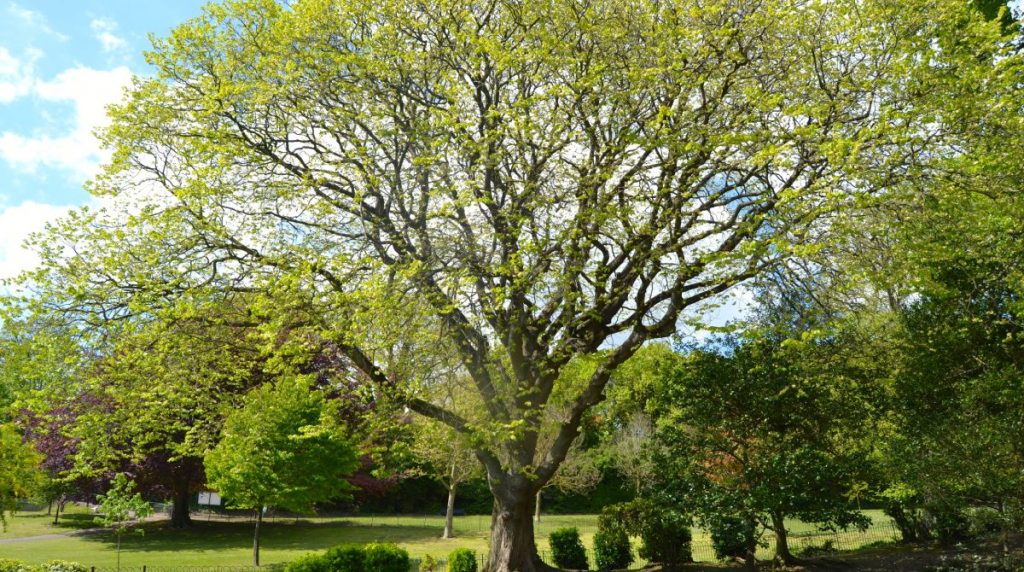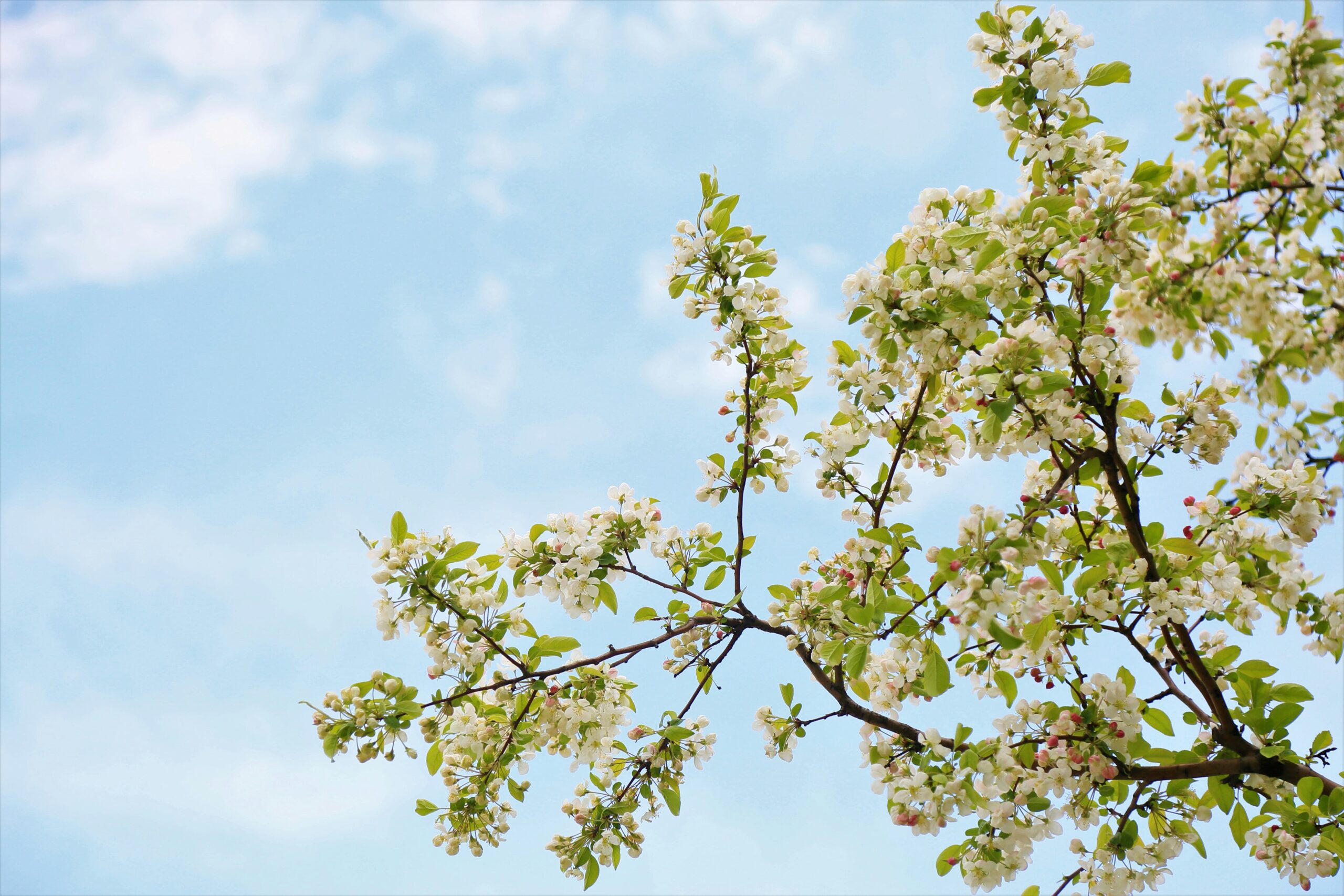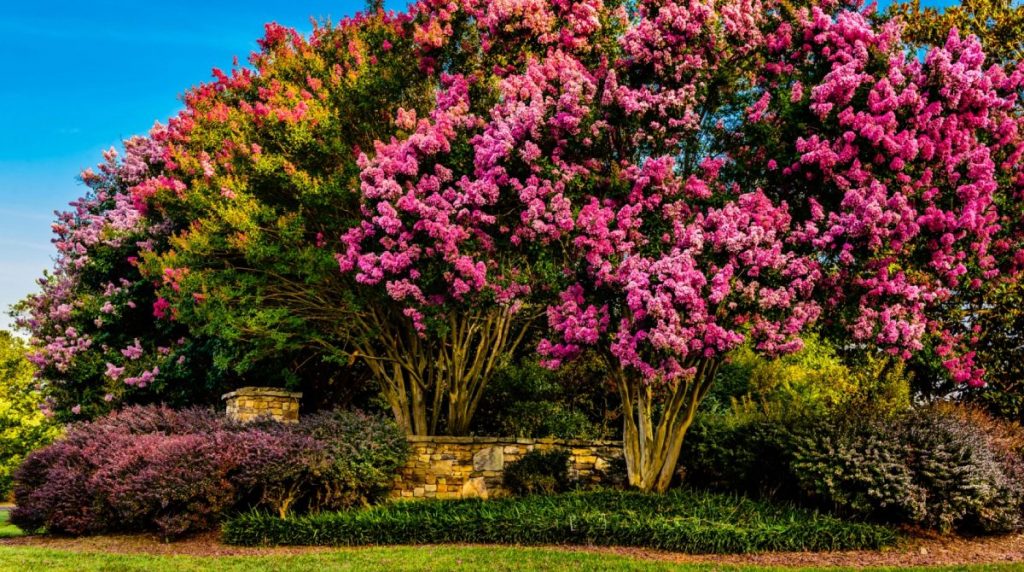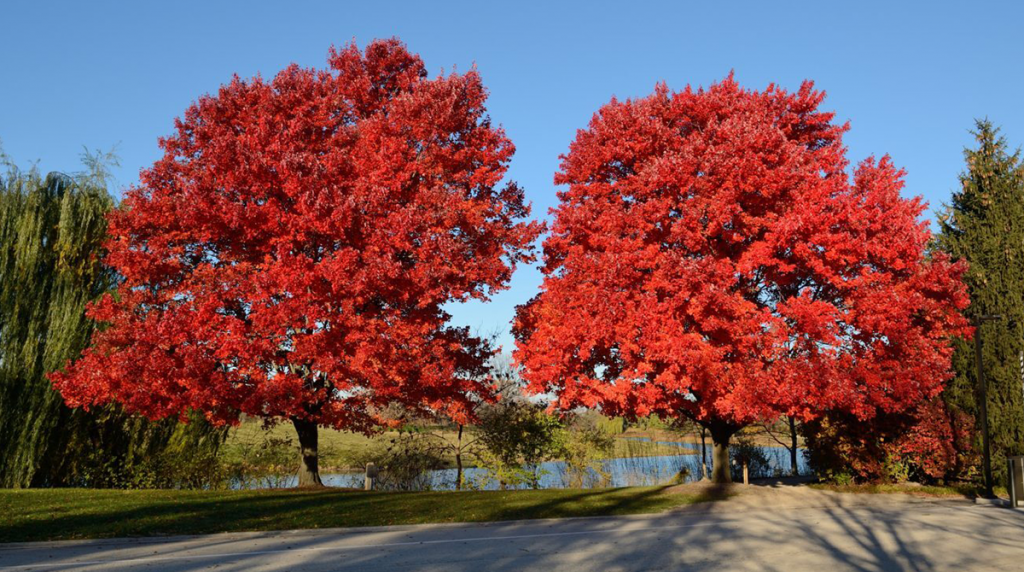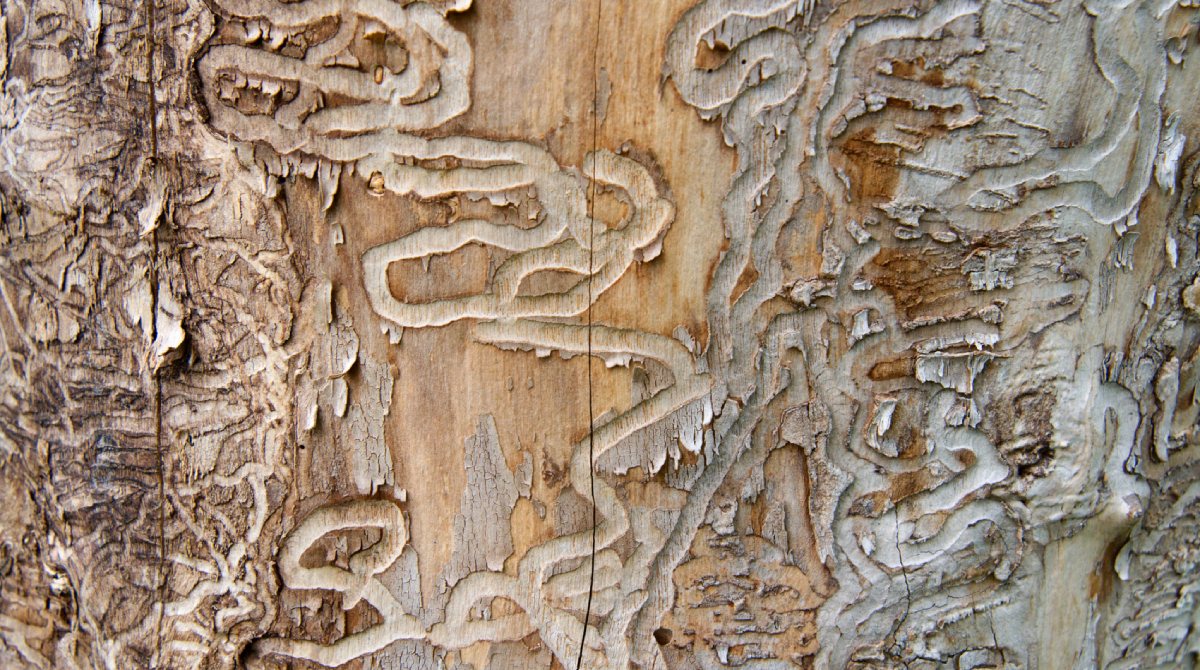
Date May 11, 2022
Category
In Texas, the emerald ash borer (EAB) is responsible for the destruction of millions of ash trees. If you’re a homeowner or property manager who’s dealing with an EAB infestation, don’t panic! This blog post will provide you with all the information you need to deal with this pest effectively. We’ll cover everything from identification to treatment options to help save your ash trees from EAB devastation!
What Is an Emerald Ash Borer
The emerald ash borer (EAB) gets a pretty straightforward name – it is an invasive insect known for its emerald green-colored abdomen, its exclusive attraction to ash trees, and the way it bores underneath bark to feed and lay its eggs. An EAB is extremely tiny at only about 1/4 to 1/2 inch long and very flat in shape; its eggs are, of course, even more, microscopic and a shade of auburn. When they hatch, they appear white and noticeably segmented. Despite its small size, it has the ability to destroy monstrous-sized ash trees in its short lifespan.
Signs of Infestation
Around the month of May, adult emerald ash borers begin stirring, leaving small holes on the tree, and the females drop their eggs on the bark and branches to develop. When they hatch, the larvae burrow into the bark to reach the tasty layer underneath. This burrowing and scavenging can leave behind indicators of an infestation such as:
- Splitting and tunneled bark
- A thinning canopy and dieback
- A higher presence of woodpeckers (they love to eat EAB)
- D-shaped exit holes in tree bark
- Discoloration of leaves, especially in the top of the canopy.
With the disruption to the tree’s vascular system from all the burrowing and feasting, the tree begins to die and will eventually need removal by a professional tree service.
For a deeper dive, check out our post on How Can I Tell If My Ash Tree Has Emerald Ash Borers.
How to Treat an EAB Infestation
Most often, the recommended methods of treating an emerald ash borer infestation are
- bark spray
- canopy spray
- trunk injection
- soil injection
Of these, the most common choice is either a trunk injection or soil injection. This method directly reaches and treats the tree tissue that the EAB love to munch on so much. The larvae then consume the insecticide as the treatment spreads throughout the tree, and the EAB are stopped in their tunneling tracks. As injections and sprays can be tricky to apply and run the risk of making the problem worse if misapplied, call in an ISA-Certified arborist to take care of that part for you.
How to Stop the Spread of EAB
Emerald ash borers are believed to have first popped up in the US via imported lumber in the early 2000s. So, to manage the presence of emerald ash borers around your property, make sure to…
- Avoid carrying any firewood too far away from where it was sourced in case it carries some EAB.
- When purchasing firewood, look for the kiln-dried variety.
- When purchasing young trees from a nursery for your property, be very careful in your sourcing as 70+% of non-native insects are transported and introduced this way.
- Have a professional preventatively -treat your ash trees with insecticide during the growing season.
Emerald ash borers have caused destruction to ash trees throughout the state of Texas. If you think your tree may be infected, it is important to take action as soon as possible. Contact TreeNewal today for help with diagnosing and treating an emerald ash borer infestation.
If you need advice or assistance with managing a possible EAB infestation in your trees, get in touch with the ISA-certified arborists at TreeNewal and enjoy tailored tree care advice.
To learn more about How to Treat an Emerald Ash Borer Infestation, call our Argyle and Southlake-based teams
at (817) 592-6846 or send us a message.
We’re a little different than the average tree services company.
Learn more about TreeNewal’s ISA Certified Arborists!
Our Dallas/Fort Worth-based tree doctors can explain how sustainable tree care services add more value to your bottom line.
Healthy trees, healthy lives.
